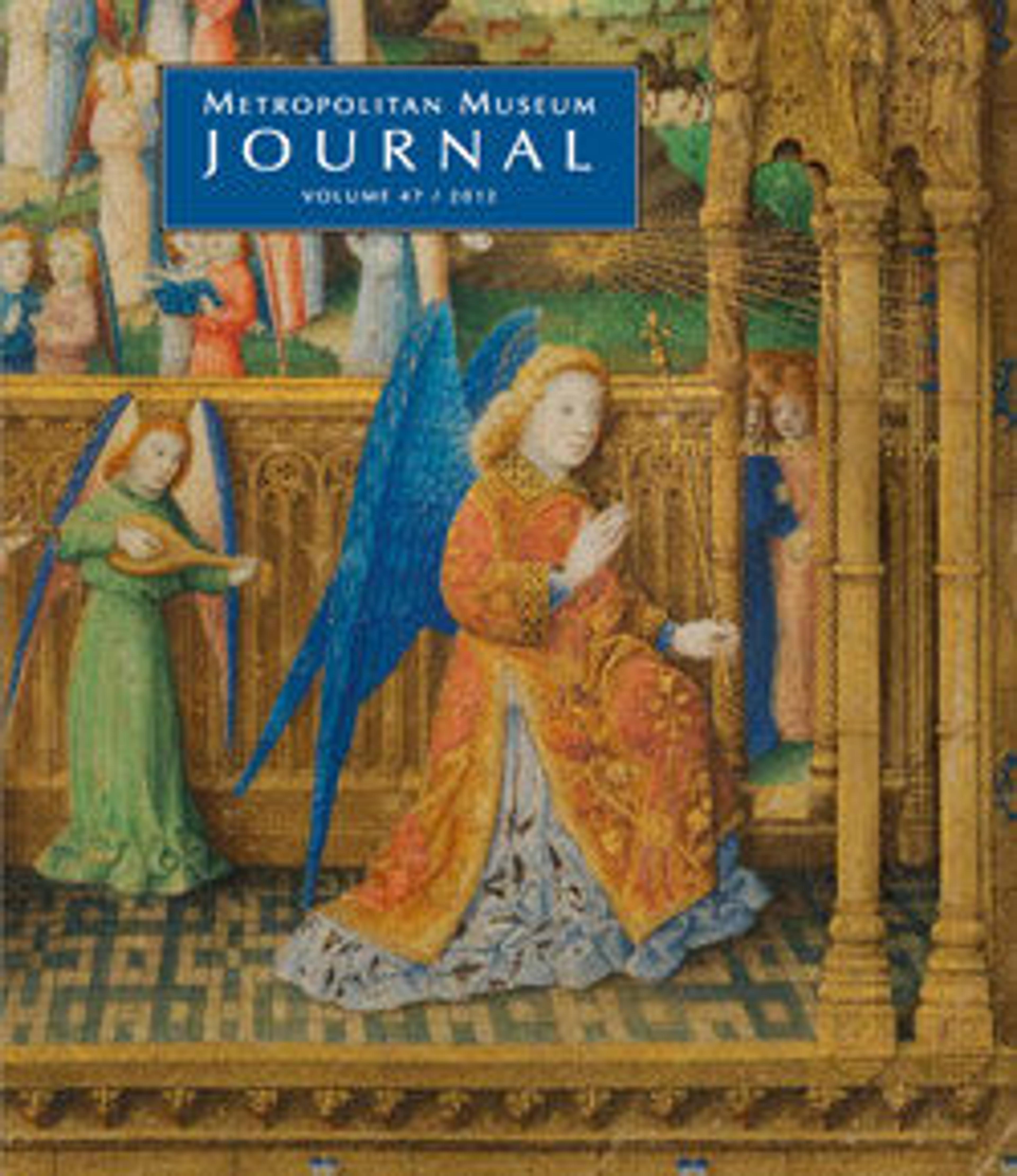"Blind" Shaffron (Horse's Head Defense) for the Joust
Jousts were friendly contests fought by two mounted participants armed with lances, with the object of unseating the opponent or at least breaking one's lance squarely on the other contestant's shield or helmet. Well-trained horses for the joust were extremely expensive and were usually protected with armor. The shaffron was often "blind"––that is, the eyes were covered so as to prevent the horse from shying away at the opponent's approach. (The rondel attached to this example is a late nineteenth-century restoration.)
Artwork Details
- Title: "Blind" Shaffron (Horse's Head Defense) for the Joust
- Date: ca. 1490; rondel, late 19th century
- Culture: German
- Medium: Steel, brass, textile, leather
- Dimensions: H. 21 1/4 in. (54.1 cm); W. 10 7/8 in. (27.6 cm); D. 3 1/2 in. (8.9 cm); Wt. 5 lb. 13 oz. (2638 g)
- Classification: Equestrian Equipment-Shaffrons
- Credit Line: Rogers Fund, 1904
- Object Number: 04.3.292
- Curatorial Department: Arms and Armor
More Artwork
Research Resources
The Met provides unparalleled resources for research and welcomes an international community of students and scholars. The Met's Open Access API is where creators and researchers can connect to the The Met collection. Open Access data and public domain images are available for unrestricted commercial and noncommercial use without permission or fee.
To request images under copyright and other restrictions, please use this Image Request form.
Feedback
We continue to research and examine historical and cultural context for objects in The Met collection. If you have comments or questions about this object record, please contact us using the form below. The Museum looks forward to receiving your comments.
